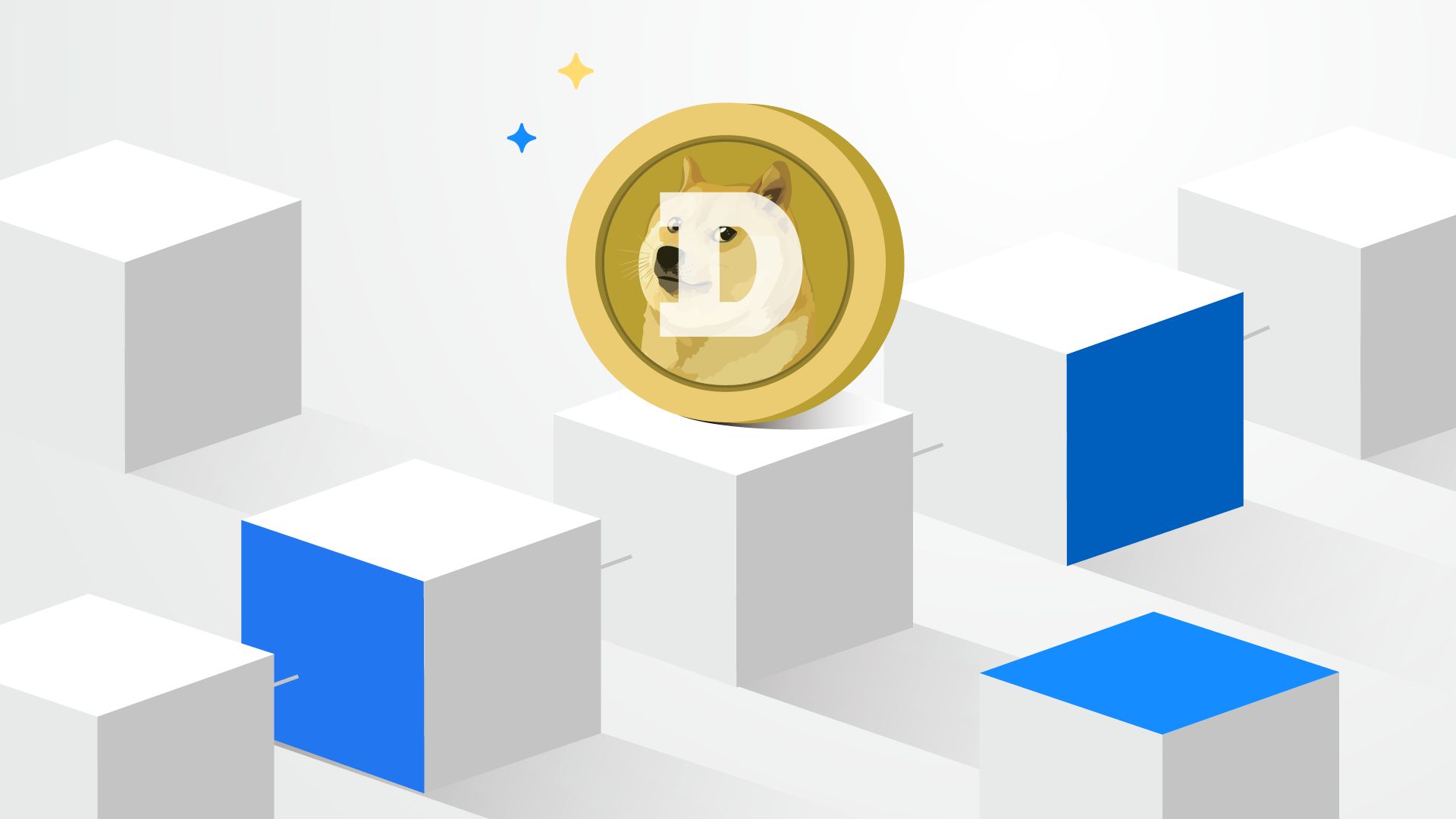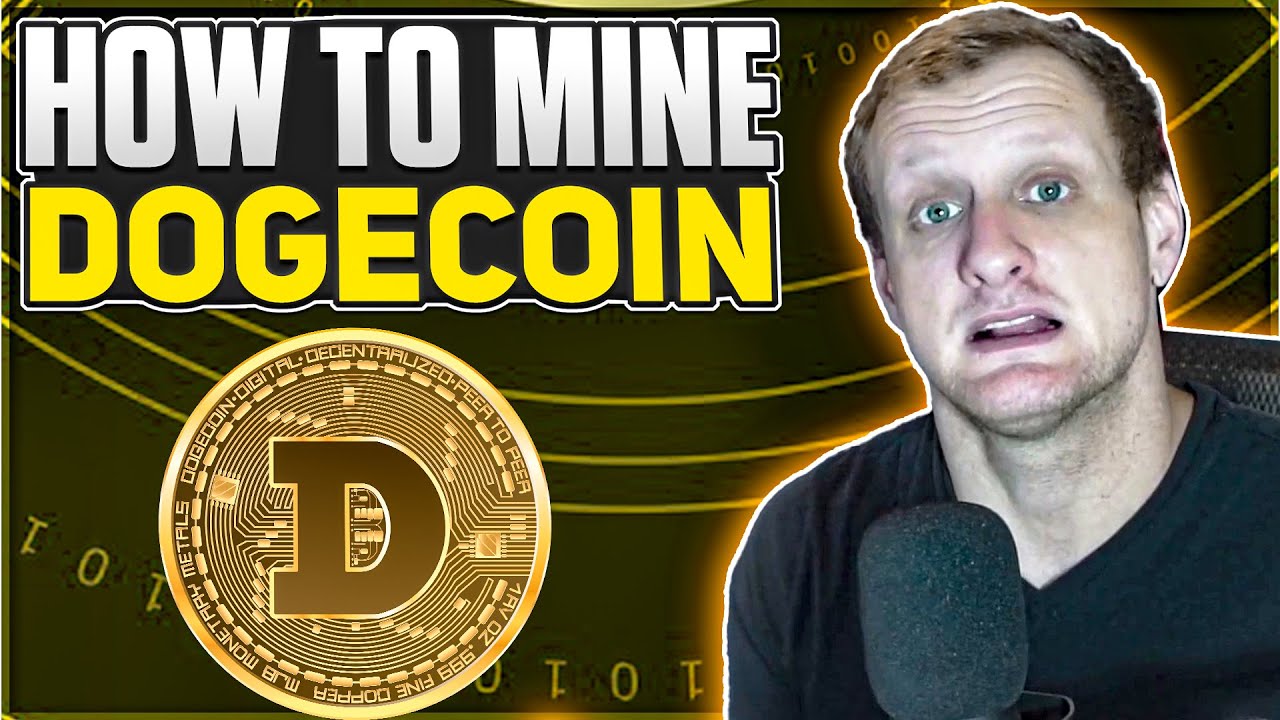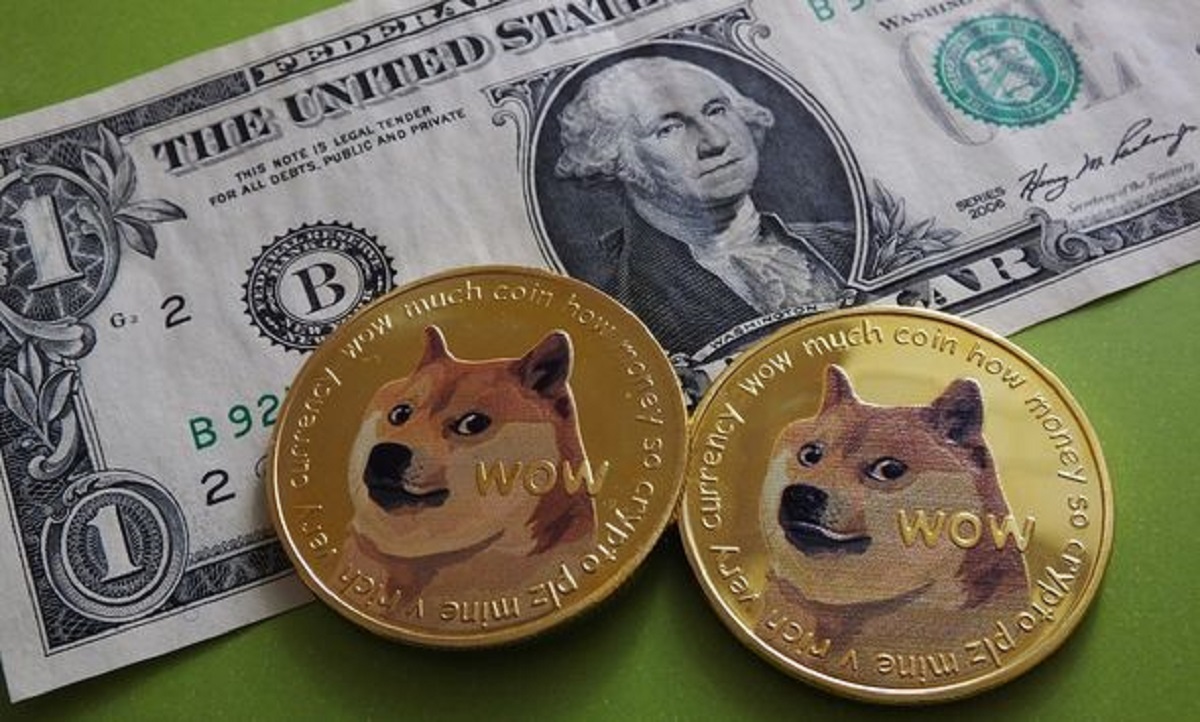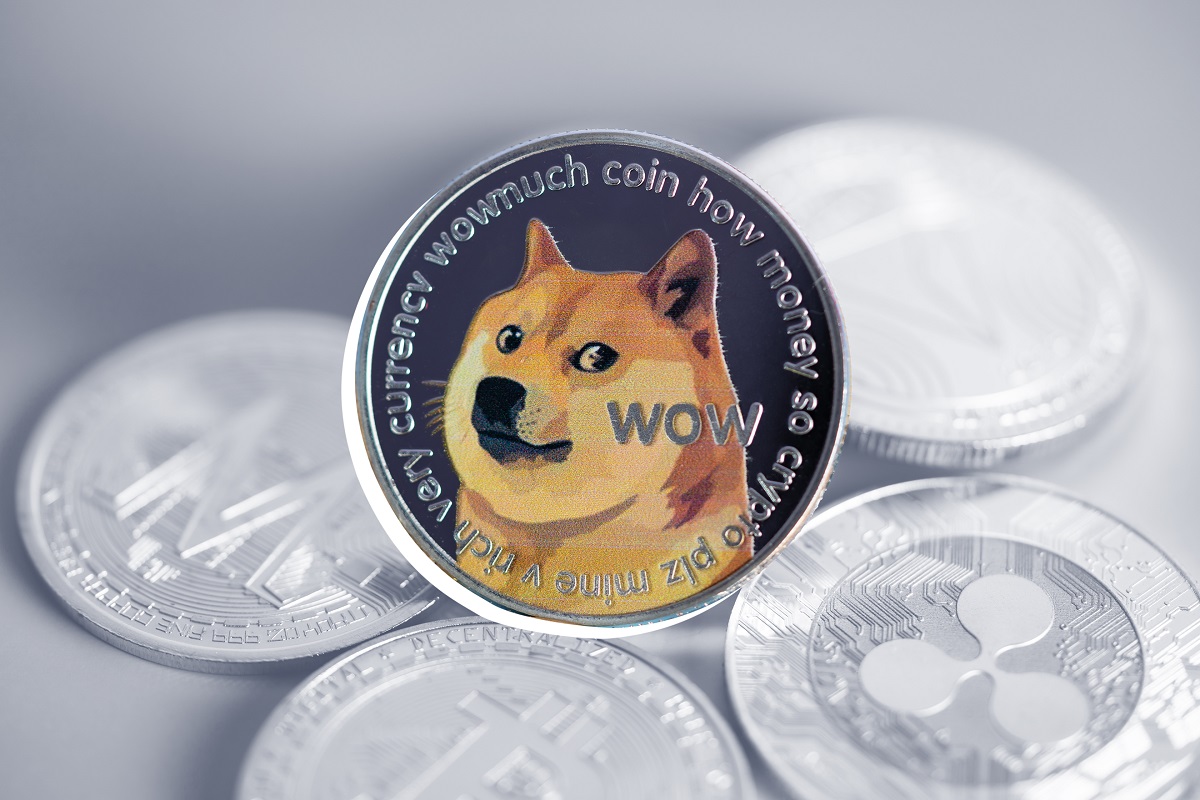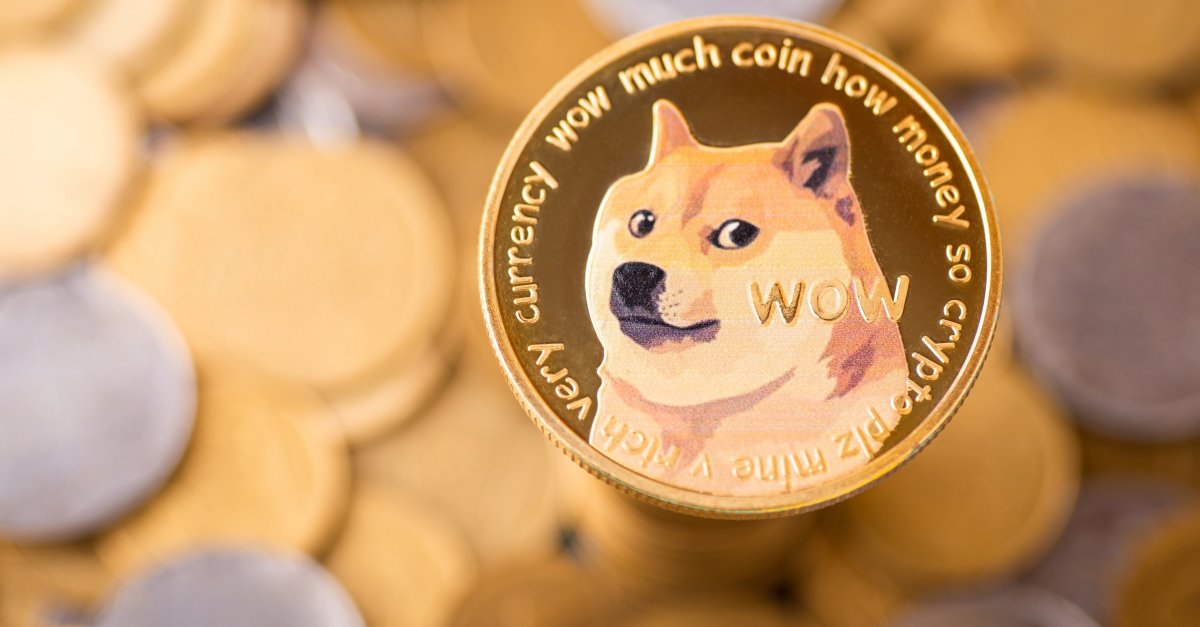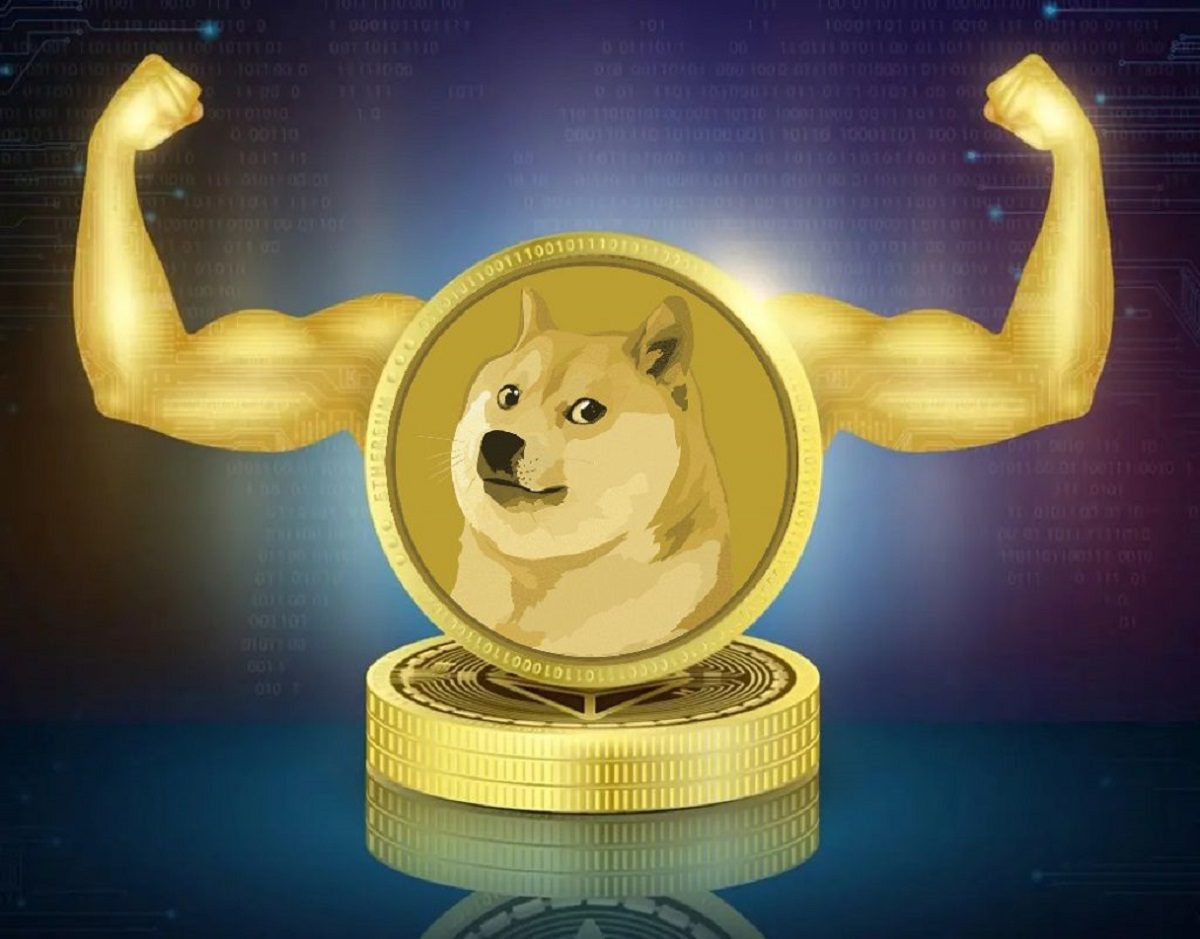What is Blockchain?
Blockchain is a revolutionary technology that has gained immense popularity in recent years. It is essentially a decentralized and distributed digital ledger that securely records transactions across multiple computers. Unlike traditional centralized systems, where a single authority controls the database, blockchain allows for a transparent, immutable, and tamper-proof record of transactions.
At its core, a blockchain is made up of a series of individual blocks, each containing a set of transactions. These blocks are linked together in a chronological order, forming a chain. One of the key features of blockchain is its decentralized nature, where multiple participants, known as nodes, maintain copies of the entire blockchain.
One of the defining characteristics of blockchain is its immutability. Once a transaction is added to the blockchain, it becomes nearly impossible to alter or delete it. This makes blockchain an ideal solution for industries where integrity, transparency, and security are paramount.
The technology behind blockchain relies on complex cryptographic algorithms to ensure the authenticity and integrity of the data. Each block contains a unique hash, which acts as a digital fingerprint of the block’s content. Any changes to the data within a block will result in a different hash value, alerting the network to potential tampering.
Blockchain technology has gained popularity not only in the financial sector but also in various other industries. Its potential applications are vast, ranging from supply chain management and healthcare to voting systems and digital identity verification.
The decentralized nature of blockchain provides several advantages over traditional systems. It eliminates the need for intermediaries, reduces costs, increases transparency, and enhances security. Transactions recorded on the blockchain are transparent and can be audited by anyone, ensuring accountability and trust.
Overall, blockchain technology has the potential to disrupt various industries, providing new possibilities for efficiency, security, and transparency. Next, we will explore how Dogecoin, a digital currency, utilizes blockchain technology to facilitate secure and transparent transactions.
What is Dogecoin?
Dogecoin is a digital cryptocurrency that was created in 2013 as a lighthearted and fun alternative to Bitcoin. It was initially inspired by the popular “Doge” internet meme featuring a Shiba Inu dog with captions written in broken English. While Dogecoin started as a joke, it quickly gained a loyal following and established a thriving community.
Similar to Bitcoin, Dogecoin operates on a decentralized blockchain network, but with a few key differences. It utilizes a proof-of-work consensus algorithm, which means that miners must solve complex mathematical problems to validate transactions and secure the network. However, Dogecoin has a higher block generation rate compared to other cryptocurrencies, resulting in faster transaction confirmations.
One of the distinguishing features of Dogecoin is its inflationary supply. Unlike Bitcoin, which has a capped supply of 21 million coins, Dogecoin has no maximum supply limit. Instead, it has an infinite annual inflation rate of around 5%, ensuring a continuous flow of new coins into circulation. This has led to Dogecoin being referred to as an “inflationary meme coin.”
Dogecoin has gained popularity for its friendly and generous community. The Dogecoin community has been involved in numerous charitable initiatives, raising funds for various causes and promoting acts of kindness. This philanthropic aspect has further fueled the popularity and adoption of Dogecoin.
Despite its origins as a meme coin, Dogecoin has also gained wider acceptance as a means of payment. It can be used for various online transactions and is even accepted by some merchants and businesses. Dogecoin’s low transaction fees and fast block confirmation times make it an attractive option for micro-transactions and everyday purchases.
As with any cryptocurrency, the value of Dogecoin is subject to market fluctuations and speculation. It has experienced significant price surges and dips, often influenced by social media trends and celebrity endorsements. However, it’s important to note that Dogecoin was never intended to be a serious investment vehicle but rather a fun and community-driven cryptocurrency.
In the next section, we will explore how Dogecoin utilizes blockchain technology to ensure secure and transparent transactions.
How Does Dogecoin Use Blockchain Technology?
Dogecoin utilizes blockchain technology as the underlying infrastructure that enables secure and transparent transactions. The Dogecoin blockchain serves as a decentralized ledger, recording all transactions made using the cryptocurrency. Let’s explore how Dogecoin functions within the blockchain ecosystem.
When a transaction is initiated using Dogecoin, it is broadcasted to the network of computers, known as nodes, that maintain the Dogecoin blockchain. These nodes verify the authenticity of the transaction by confirming that the sender has sufficient funds and that the transaction follows the specified rules of the Dogecoin network.
Once the transaction is validated, it is bundled with other transactions into a block. Miners, who are responsible for securing the Dogecoin network, compete to solve complex mathematical problems in order to add the block to the blockchain. The first miner to solve the problem earns a reward in the form of newly minted Dogecoins, incentivizing them to contribute their computational power to the network.
Once the block is added to the blockchain, the transaction is considered confirmed, and it becomes a permanent part of the public ledger. This means that anyone can view the transaction details, including the sender and recipient addresses, the amount transferred, and the timestamp.
Blockchain technology ensures the integrity and security of Dogecoin transactions through immutability and decentralization. Each block in the blockchain contains a unique cryptographic hash, which is calculated based on the data within the block. If any changes are made to the data, the hash value will change, alerting the network to potential tampering.
Furthermore, the decentralized nature of the Dogecoin blockchain means that there is no central authority or single point of failure. The ledger is distributed across multiple nodes, making it highly resistant to censorship, hacking, and fraud. This decentralization also removes the need for intermediaries, allowing for peer-to-peer transactions without the involvement of banks or financial institutions.
Overall, Dogecoin leverages the power of blockchain technology to provide secure, transparent, and efficient transactions. It offers a decentralized alternative for transferring value, with fast confirmation times and low transaction fees. The next section will delve into the history of Dogecoin and its relationship with blockchain technology.
The History of Dogecoin and Blockchain
The history of Dogecoin and its relationship with blockchain technology dates back to 2013 when the cryptocurrency was first introduced. Created by software engineers Billy Markus and Jackson Palmer, Dogecoin was initially intended to be a lighthearted and fun digital currency that could appeal to a wide audience.
At the time of its creation, Dogecoin drew inspiration from the popular “Doge” meme, featuring the iconic Shiba Inu dog with humorous captions written in Comic Sans font. The light-hearted and meme-based nature of Dogecoin quickly gained traction and garnered a dedicated community that embraced the cryptocurrency’s playful spirit.
Like many cryptocurrencies, Dogecoin is based on blockchain technology. The use of blockchain allows for secure, transparent, and decentralized transactions. Dogecoin operates on a decentralized network of computers, known as nodes, where each node holds a copy of the blockchain ledger.
Throughout its history, Dogecoin has witnessed significant milestones and achievements. In 2014, the Dogecoin community came together to raise funds for the Jamaican bobsled team to participate in the Winter Olympics. This event showcased the generosity and community spirit that has become synonymous with Dogecoin.
Over the years, Dogecoin has been involved in various charitable initiatives, supporting causes such as clean water projects and disaster relief efforts. The community’s charitable work has further solidified Dogecoin’s reputation as a cryptocurrency with a heart.
Despite its fun and philanthropic nature, Dogecoin has also experienced its share of market ups and downs. Like other cryptocurrencies, its value is subject to volatility and speculation. Dogecoin has garnered attention from mainstream media and even gained celebrity endorsements, which have contributed to its surges in value.
With the rise of blockchain technology, Dogecoin has continued to evolve. The integration of blockchain technology has allowed for faster and more secure transactions, making Dogecoin a viable option for everyday transactions and micro-payments.
Additionally, Dogecoin’s unique inflationary supply mechanism, with a continuous flow of new coins being introduced each year, has helped to maintain its accessibility and promote circulation.
The history of Dogecoin and its utilization of blockchain technology highlight the power and potential of cryptocurrencies to engage communities, support charitable causes, and promote financial inclusiveness. In the following sections, we will further explore the benefits, misconceptions, challenges, and future prospects of Dogecoin and blockchain technology.
The Benefits of Using Blockchain for Dogecoin
The integration of blockchain technology brings several benefits to Dogecoin, enhancing its functionality and user experience. Let’s explore the advantages of using blockchain for Dogecoin.
1. Security: Blockchain provides a high level of security for Dogecoin transactions. The decentralized nature of the blockchain eliminates the risk of a single point of failure or tampering. Additionally, the cryptographic algorithms used in blockchain ensure the integrity and authenticity of transactions, making it extremely difficult for malicious actors to manipulate or counterfeit Dogecoin.
2. Transparency: Blockchain offers transparency in Dogecoin transactions. All transactions recorded on the blockchain are publicly accessible and verifiable, allowing users to track the flow of Dogecoin and assess the authenticity of transactions. This transparency enhances trust and reduces the risk of fraud or manipulation.
3. Efficiency: The use of blockchain technology increases the efficiency of Dogecoin transactions. With blockchain, transactions can be processed faster and with lower fees compared to traditional banking systems. This makes Dogecoin an attractive option for micro-payments and everyday transactions.
4. Decentralization: The decentralized nature of blockchain ensures that no single entity has complete control over Dogecoin. This eliminates the need for intermediaries such as banks or financial institutions, enabling peer-to-peer transactions without reliance on a central authority. Decentralization also makes Dogecoin resistant to censorship and promotes financial inclusiveness.
5. Scalability: Blockchain technology allows for the seamless scalability of Dogecoin. As the number of users and transactions grows, the blockchain can handle the increased load without compromising performance or security. This ensures that Dogecoin can accommodate a growing user base and maintain its functionality over time.
6. Global Accessibility: The use of blockchain technology removes geographical barriers, making Dogecoin accessible to users all around the world. Transactions can be conducted instantly, regardless of the sender and recipient’s location, enabling seamless cross-border transactions without the need for intermediaries or excessive fees.
These benefits make blockchain an ideal technology for Dogecoin, allowing for secure, transparent, and efficient transactions. In the next section, we will address common misconceptions surrounding blockchain and Dogecoin.
Common Misconceptions about Blockchain and Dogecoin
Blockchain and Dogecoin have gained significant attention in recent years, but there are still several misconceptions surrounding these technologies. Let’s debunk some of the common misconceptions about blockchain and Dogecoin:
1. Blockchain is only used for cryptocurrencies: While blockchain technology gained prominence through cryptocurrencies like Dogecoin and Bitcoin, its applications extend beyond the realm of digital currencies. Blockchain can be utilized in various industries, such as supply chain management, healthcare, voting systems, and more, to enhance transparency, security, and efficiency.
2. Dogecoin is just a joke: Despite its origins as a meme-based cryptocurrency, Dogecoin has evolved into a legitimate digital currency with an active community and real-world use cases. While it’s true that Dogecoin was created as a fun and light-hearted alternative to other cryptocurrencies, it has gained recognition for its philanthropic efforts and its potential as a means of payment.
3. Blockchain is completely anonymous: While blockchain offers a certain level of pseudonymity, it is not completely anonymous. Transactions on the blockchain are transparent and can be traced back to the sender and recipient addresses. However, it is up to the users to maintain their privacy by employing additional privacy-enhancing measures.
4. Dogecoin has no value: While Dogecoin began as a joke, it has amassed a significant community and has gained value over time. The price of Dogecoin is determined by market supply and demand dynamics, and it has seen both surges and dips in its value. It is important to note that investing in Dogecoin, like any other cryptocurrency, carries risks, and potential investors should conduct thorough research before making any financial decisions.
5. Blockchain is only useful for large-scale applications: While blockchain technology offers scalability and security for large-scale applications, it is also valuable for smaller, decentralized projects like Dogecoin. Blockchain provides a transparent and secure platform for Dogecoin transactions, allowing for peer-to-peer micro-payments and everyday transactions without the need for intermediaries.
6. Dogecoin lacks innovation: Despite its humorous origins, Dogecoin continues to innovate within the blockchain space. The Dogecoin community actively contributes to the development and improvement of the cryptocurrency, exploring opportunities for integration with other technologies and pursuing initiatives that promote financial inclusiveness and societal impact.
By dispelling these misconceptions, we can better understand the true potential and value of blockchain technology and Dogecoin. In the next section, we will delve into the challenges and limitations that blockchain presents for Dogecoin.
Challenges and Limitations of Blockchain for Dogecoin
While blockchain technology has numerous benefits, it also comes with its fair share of challenges and limitations for Dogecoin. Let’s explore some of the key challenges faced by Dogecoin in relation to blockchain:
1. Scalability: One of the major challenges for blockchain-based cryptocurrencies like Dogecoin is scalability. As the number of transactions increases, the blockchain network may face congestion and slower transaction times. This scalability issue puts pressure on developers to implement solutions that can handle a higher volume of transactions without compromising the security and decentralization of the blockchain.
2. Energy Consumption: Another concern associated with blockchain is the significant energy consumption required for mining and validating transactions. Dogecoin, like other cryptocurrencies, relies on a proof-of-work consensus mechanism, which demands substantial computational power and energy consumption. This energy-intensive process has led to criticisms of the environmental impact of cryptocurrencies, including Dogecoin.
3. Regulatory Uncertainty: The regulatory landscape surrounding cryptocurrencies and blockchain technology is still evolving. The lack of clear regulations and varying approaches across different jurisdictions can create uncertainty for Dogecoin. Compliance with regulations and adapting to changing legal requirements can present challenges for the widespread adoption and acceptance of Dogecoin.
4. User Accessibility: Despite the growing popularity of cryptocurrencies, including Dogecoin, blockchain technology and the associated technical complexities can present barriers to entry for some users. Cryptocurrency wallets, handling private keys, and understanding transaction processes can be intimidating for individuals who are not technologically inclined. Enhancing user accessibility and simplifying the user experience can help overcome these challenges.
5. Blockchain Governance: Decentralization is a fundamental principle of blockchain technology. However, in the absence of a central authority, making decisions and implementing changes to the Dogecoin blockchain can prove challenging. Achieving consensus among the community members and balancing the interests of various stakeholders can lead to governance challenges that need to be addressed for the continued development and evolution of Dogecoin.
6. Adoption and Integration: While Dogecoin has gained recognition and a dedicated community, broader adoption and integration into traditional financial systems remain a challenge. The acceptance of Dogecoin as a valid payment method by mainstream businesses and institutions is limited. Overcoming barriers to adoption and showcasing the benefits of using Dogecoin can help drive its integration into existing financial infrastructures.
Despite these challenges and limitations, sustained efforts to address them can contribute to the growth and development of Dogecoin within the blockchain ecosystem. In the final section, we will explore the future prospects of Dogecoin and blockchain technology.
The Future of Dogecoin and Blockchain Technology
The future of Dogecoin and blockchain technology holds great promise and potential for innovation and advancement. Let’s explore some key aspects of their future prospects:
1. Mainstream Adoption: As cryptocurrencies become more widely accepted and integrated into traditional financial systems, Dogecoin has the potential to gain further mainstream adoption. Increased acceptance by merchants, businesses, and financial institutions can provide a boost to Dogecoin’s utility and value.
2. Technological Advancements: Continued development and technological advancements in blockchain can address the scalability and energy consumption challenges faced by Dogecoin. Solutions such as layer-two protocols, interoperability frameworks, and improved consensus mechanisms can enhance the scalability and efficiency of transactions, making Dogecoin even more usable as a form of digital currency.
3. Regulatory Clarity: As regulatory frameworks surrounding cryptocurrencies and blockchain technology become clearer, it can provide a more solid foundation for the growth and acceptance of Dogecoin. Clear regulations can ensure consumer protection, promote innovation, and facilitate the integration of Dogecoin into existing financial systems.
4. Enhanced User Experience: Improving the user experience and accessibility of Dogecoin wallets and platforms can attract a wider user base. Simplifying the process of buying, storing, and spending Dogecoin can encourage more people to participate in the cryptocurrency economy, driving adoption and usage.
5. Expansion of Use Cases: Blockchain technology offers endless possibilities beyond cryptocurrencies. Dogecoin can be leveraged for various applications, including decentralized finance (DeFi), smart contracts, secure voting systems, and supply chain management. Exploring and expanding the use cases of Dogecoin can further enhance its value and adoption.
6. Community-driven Initiatives: Dogecoin has a passionate and active community known for its philanthropic initiatives. Continued community-driven efforts, such as fundraising for charitable causes and promoting positive social impact, can contribute to the growth and recognition of Dogecoin as a force for good.
While the future of Dogecoin and blockchain technology is promising, it is crucial to note that the landscape can be unpredictable and subject to various external factors. Technological advancements, regulatory developments, market trends, and community engagement will all play vital roles in shaping the future of Dogecoin and blockchain technology.
With continued innovation, collaboration, and the dedication of its community, Dogecoin has the potential to carve out a lasting presence in the cryptocurrency and blockchain space. The adoption and acceptance of blockchain technology as a transformative force can further accelerate the growth and development of cryptocurrencies like Dogecoin.







